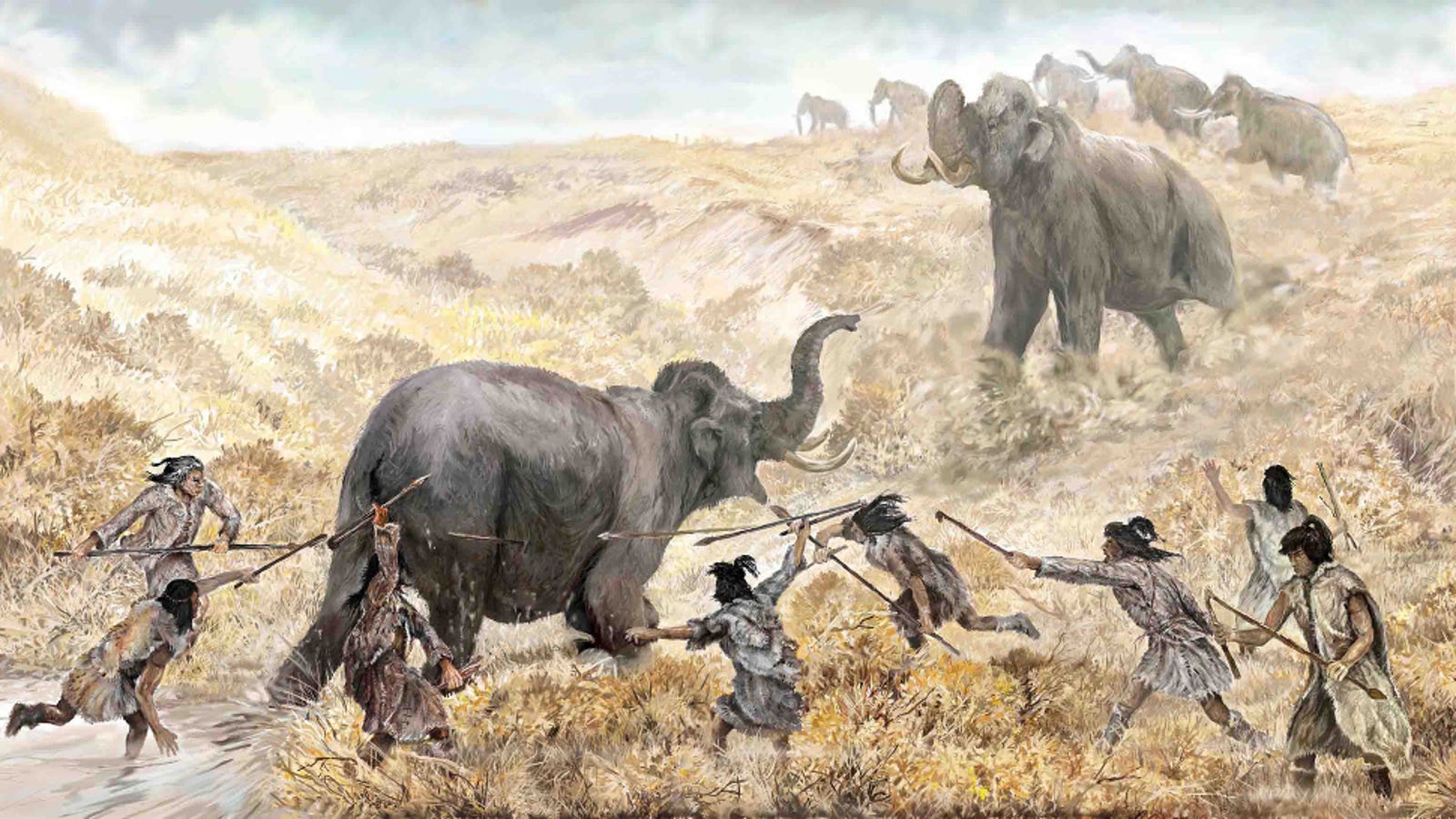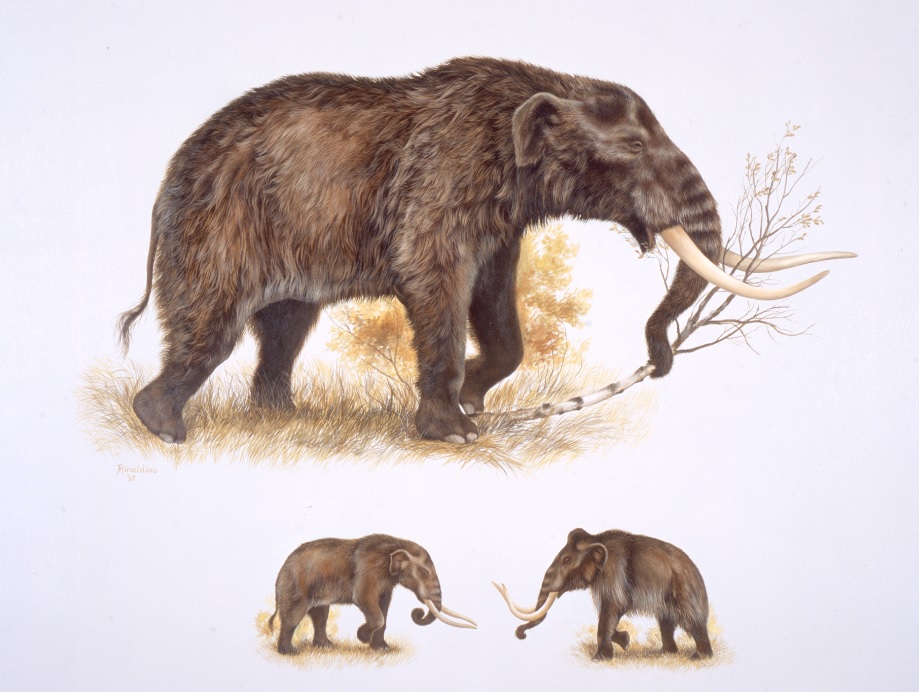
Operating under a microscope, researchers drilled half a millimeter into the 13,000-year-old tusk, and collected powdered residue to chemically analyze. "Using new modeling techniques and a powerful geochemical toolkit, we've been able to show that large male mastodons, like Buesching, migrated every year to the mating grounds," says Miller in a press release.Ī tree ring can determine age and climate conditions during certain years, and now, the mastodon tusk can determine the types of vegetation the animal was eating, along with the chemical elements in their drinking water. "The result that is unique to this study is that for the first time, we've been able to document the annual overland migration of an individual from an extinct species," says Joshua Miller, the study's first author and University of Cincinnati paleoecologist in a press release. Now, with the use of Strontium Isotope Geochemistry, researchers may be able to prove that mastodons were indeed migratory animals. Researchers believe it had migrated to a summer mating territory - nearly 100 miles away from his home territory - and that a potential mate had been the cause of the fight. Experts believe a rival mastodon tusk punctured the right side of his skull and killed the mastodon. The Buesching mastodon was first discovered near Fort Wayne, Ind. Researchers from the University of Cincinnati, the University of Michigan and the University of Nebraska-Lincoln used a geochemical process to determine the migration patterns of the Buesching mastodon, and published the findings in a recent study.



Just as scientists can determine the age of a tree using its tree rings, scientists can also determine the age of a mastodon using its tusks.Īnd thanks to modern technology, scientists can now understand more about this prehistoric mammal.


 0 kommentar(er)
0 kommentar(er)
